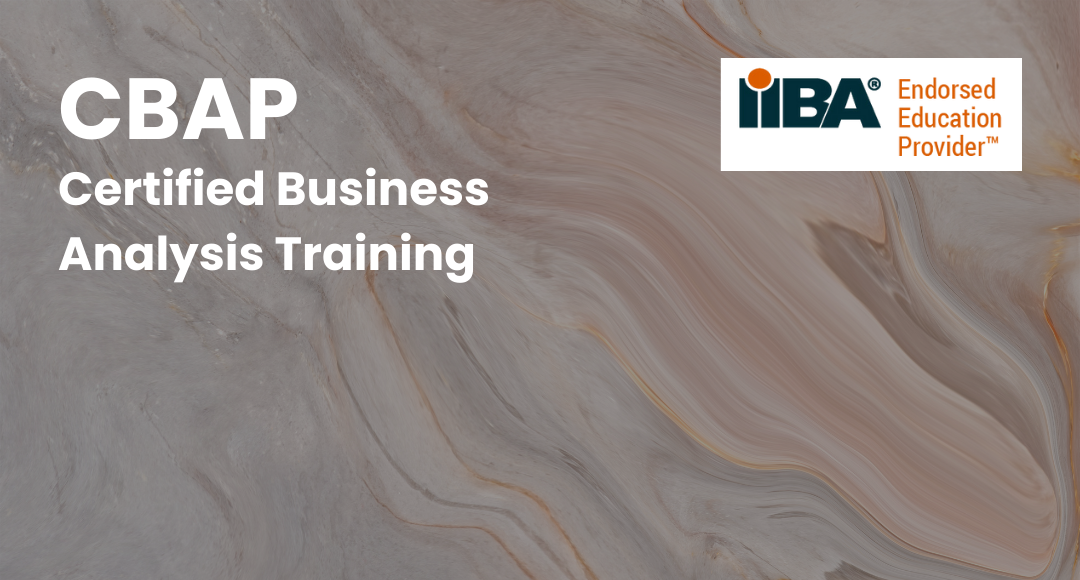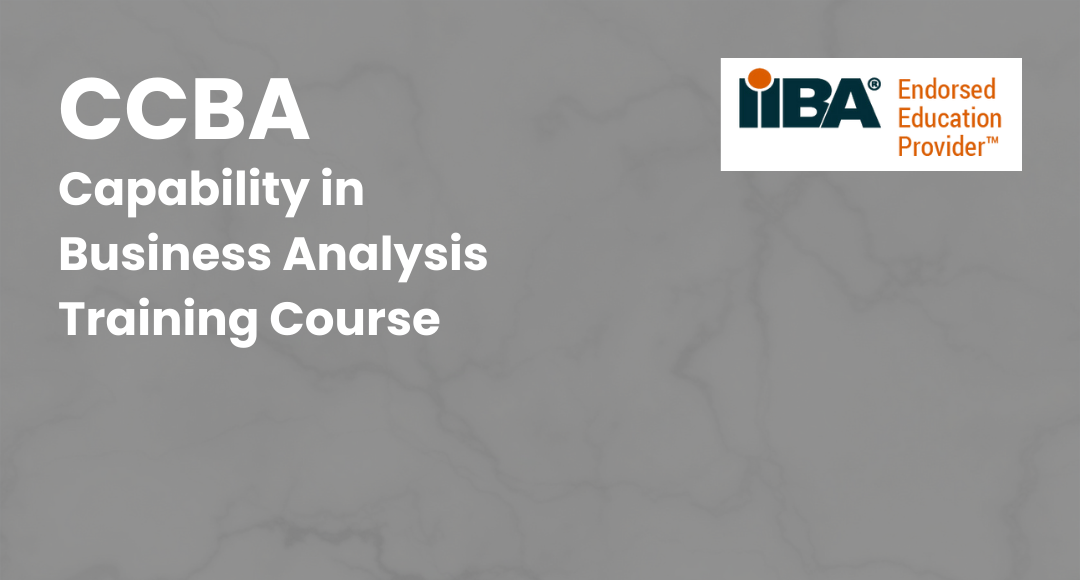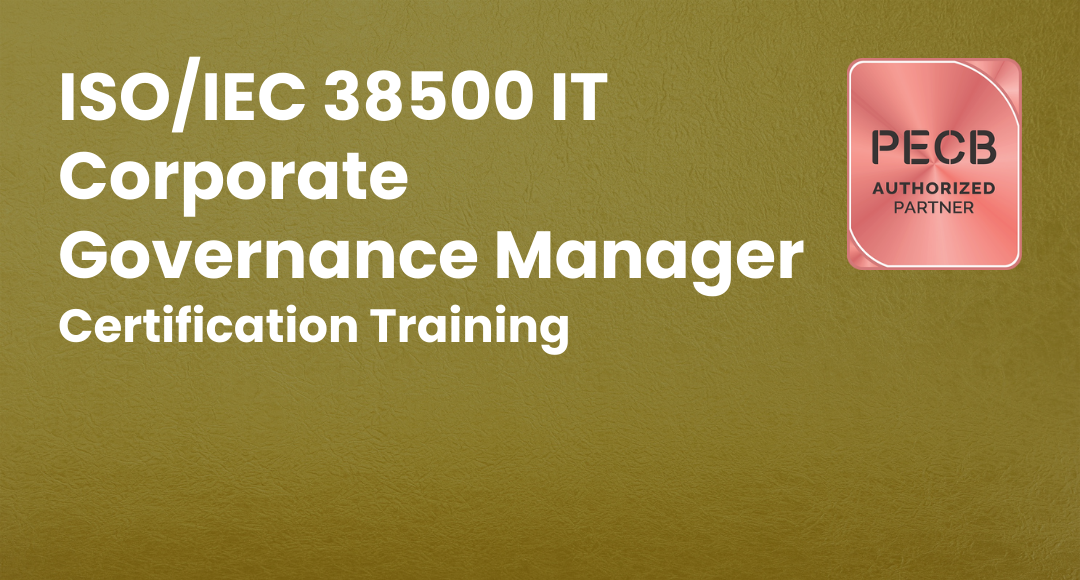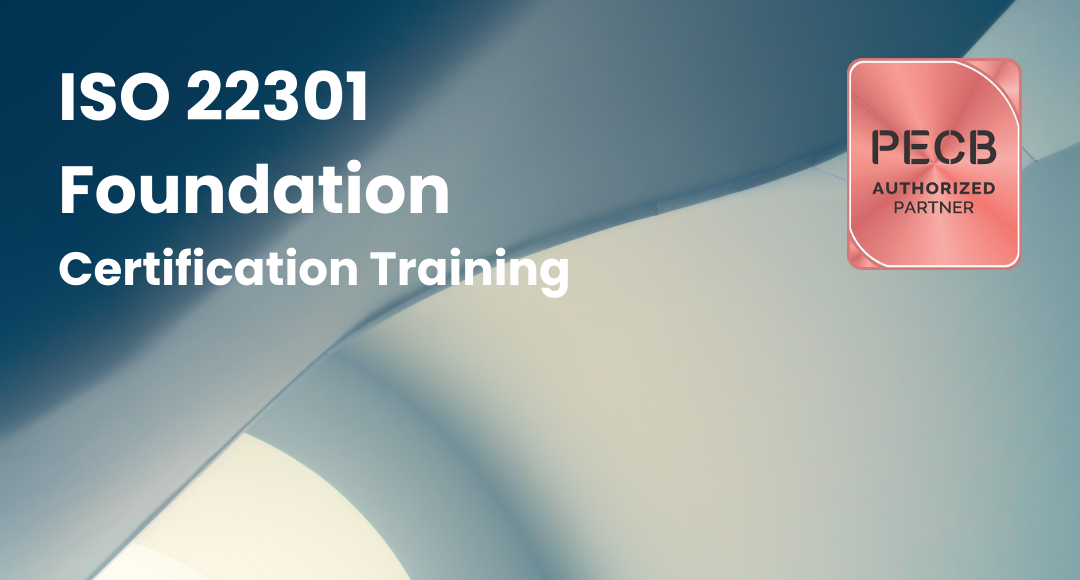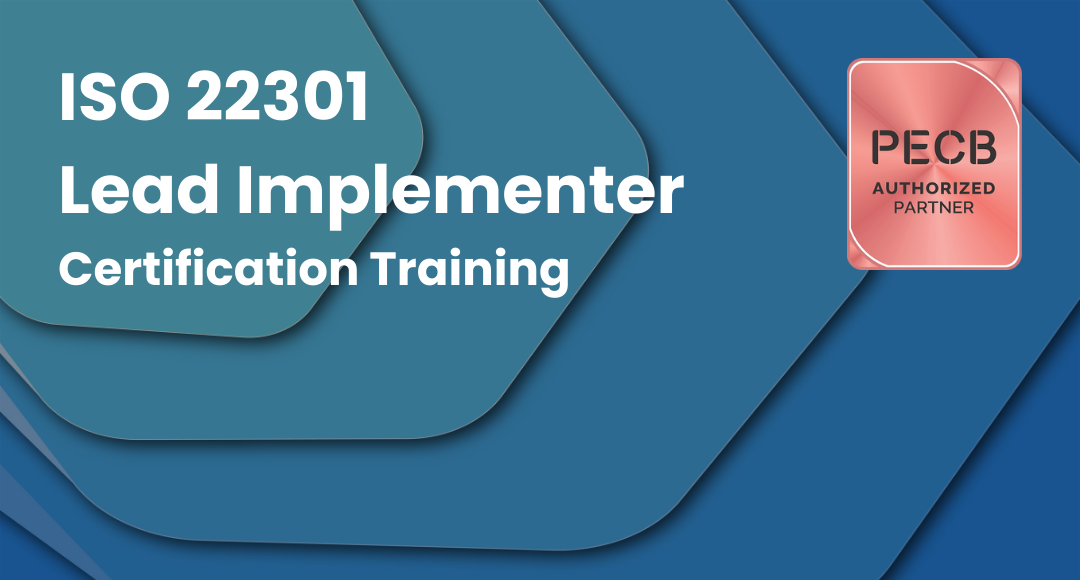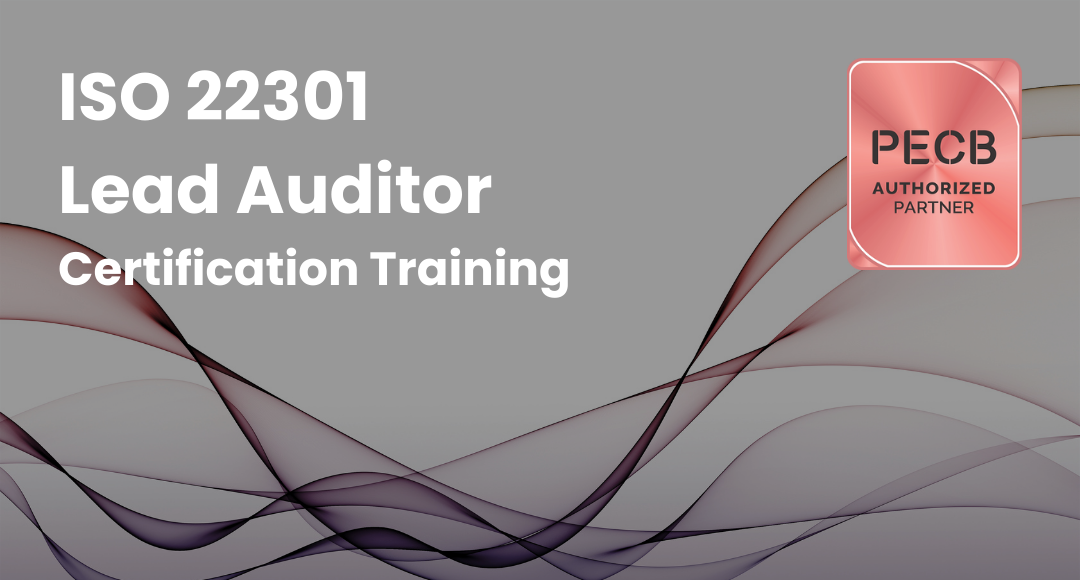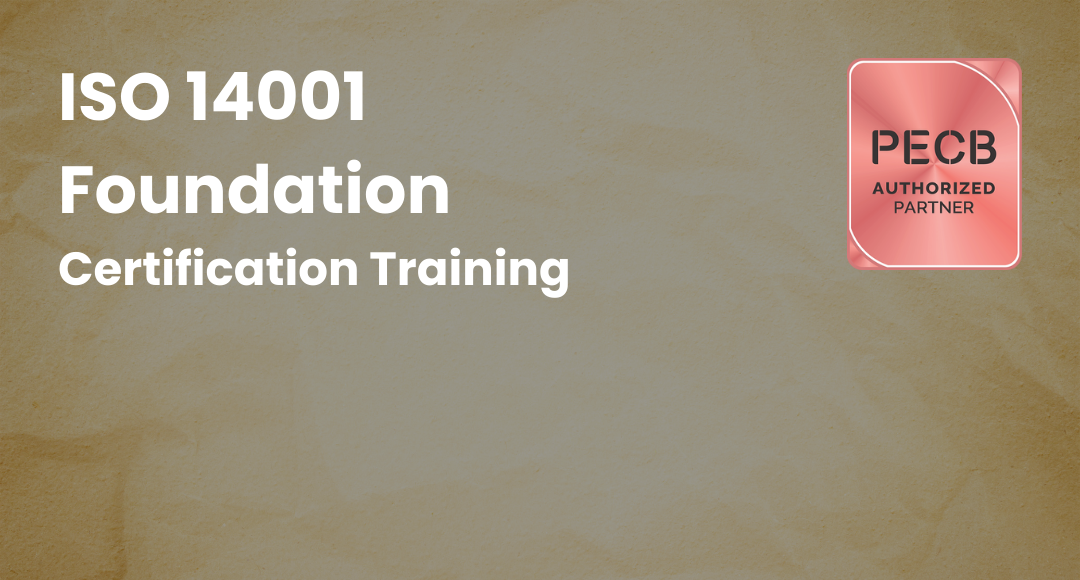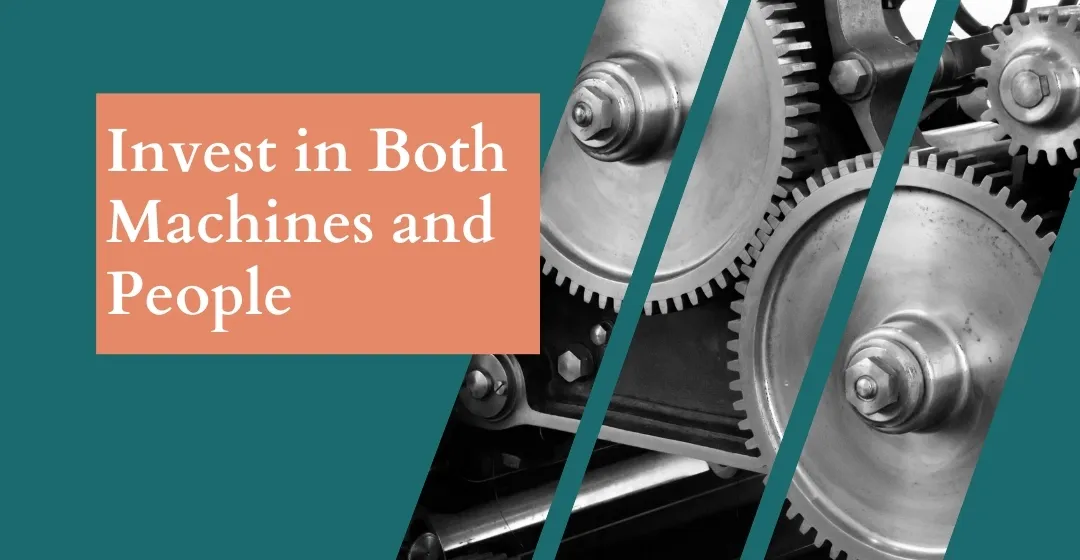What is Business Analysis - A Complete Guide
-
 By Jagadish Jaganathan
By Jagadish Jaganathan - Published on May 24 2024

Table of Contents
Introduction to Business Analysis
Business analysis is the process of identifying the business needs and determining solutions to the problems of the business. It involves a wide range of tasks, techniques, and knowledge to accomplish business requirements. Even though business analysis is carried out with the same objective, the procedures and practices may differ for different industries. Apart from business solutions, business analysis also helps in improving processes, strategy planning, and policy developments.
Most of the time, business analysis solutions are in the form of software products. Even though most business analysts today relate themselves to software development and solutions, business analysis is carried out across organizations, and stakeholders employ them to create business solutions in various industries.
What Does a Business Analyst Do?
A business analyst is a professional who analyzes the organization’s domain and documents its business, processes, business model, and integration with technology. There are different role definitions depending on the organization, but the common attributes are the responsibilities attached to the job role. Here are some of the responsibilities of a business analyst:
✓ Taking a holistic view of the business system and current situation. This includes the examination of organization structure, staff development, current processes, and IT systems.
✓ Initiating improvement plans for business systems and operations. This also includes an examination of the whole organizational structure, resources, and vision. To make sure there is no discord or misalignment between the proposed redesign and the organization's objectives.
✓ Documentation of the business requirement is a crucial responsibility of a business analyst. The documentation must be carried out as per the standard documentation processes.
Business analysis includes identifying the needs and requirements in the business area of the organization, analyzing and documenting these requirements, working with the respective stakeholders, devising the right solution, and validating if the solution meets the organizational standards.
Analytics in Business Analysis
Analytics is an important tool used in business analysis, where a large amount of data is procured, studied, and interpreted to drive strategies. Having a statistical backup to the documents is always helpful for a business analyst to communicate better and convince the stakeholders.
There are various analytical methods used in business analysis to identify organizational needs, draft requirements, and provide solutions. Here are some of the most commonly used business analysis methods:
- Descriptive analysis is an analysis of past performance data to study trends and patterns.
- Predictive analysis is an analytical method to predict the future using the data of the past.
- Prescriptive analysis is a method of testing different techniques that would give the best outcome.
Why is Business Analysis Important?
Business process analysis is the most effective tool for an organization’s growth and development. Solution implementation through business analysis will benefit various aspects of the organization. It also helps in restructuring the organization to adapt to the changing circumstances.
Integrates different aspects of the business; one of the key roles of a business analyst is to act as a communication channel between the stakeholders and the development team. The business analysis also bridges the gap between the technical and business sides of the organization. Business analysts will focus on the vision of the organization and carry out projects by understanding the business needs while keeping all the stakeholders satisfied.
Business analysis plans help save money – Business analysts use a lot of tools and techniques to optimize operations and act as a critical medium to identify change. We all know how failing to adapt to change might cost a lot of time and resources. Finding the best techniques and analytical methodologies to implement the solutions also helps with efficiency and increased productivity.
ROI is likely to rise – Return on investment is a performance measure to evaluate the profitability of an investment. Business analysis helps companies find out where unnecessary spending is happening and find ways to control the cost of their operations; with that, the ROI will increase.
Strategizing – Business analysis involves understanding various factors affecting everyday operations that are crucial in implementing strategy. The major benefit of business analysis is that it provides visibility into the current strategy, and you can make changes to it based on requirements.
Read more about the Top Skills for Business Analyst.
Business Analysis Techniques
There are a lot of business analysis techniques; let's discuss some of the most commonly used ones.
- PESTLE
- HEPTALYSIS
- STEER
- MOST
- SWOT
- CATWOE
- Six Thinking Hats
- Five Why’s
- MoSCoW
PESTLE stands for Political, Economic, Social, Technology, Legal, and Environmental. All of these elements are taken into account for this business analysis. This technique is used to identify the elements in the organization’s operating environment, and how these aspects might affect the operations in the future. This strategy deals with the macro-environmental factors.
By auditing the external environment, PESTLE can help organizations understand broad and long-term trends. They can be utilized for strategic business planning, workforce planning, marketing, product development, and organizational change.
HEPTALYSIS
This business analysis technique can be used for business ventures in their starting stage or initial phase of the organization. There are seven different attributes of this type of business analysis:
✓ Market opportunity
✓ Product/solution
✓ Execution plan
✓ Financial engine
✓ Human capital
✓ Potential return
✓ Margin of safety
STEER
This business analysis also factors in the attributes of PESTLE; it is mostly combined with other analysis techniques. It involves Socio-cultural, Technological, Economical, Ecological, and Regulatory factors. STEER is mostly implemented with SWOT analysis to study the influence of the external factors on the organizations and these are used to create a workable strategy for the long term.
MOST
MOST is the abbreviation of Mission, Objective, Strategy, and Tactics. The mission is an important aspect of any organization, and a lot goes into creating a mission statement, but it always needs to align with the vision of the company and what it likes to serve its customers. Objectives are the small tasks that make up the Mission of the company. The strategy outlines the steps to achieve the objectives, which in turn accomplishes the mission. Tactics are the methods companies employ to implement their strategy.
In simple words, MOST techniques can be summarized as,
✓ Mission – What is the main aim of the business, and how will it be achieved?
✓ Objective – Key goals that will lead to the mission
✓ Strategy – best possible way to move ahead
✓ Tactics – how to put the strategy in place
SWOT
With this analysis, you can identify where the strength lies and find out the opportunities for growth and development. This will also help point out the weak areas that need improvement, and the threat to the business environment.
This analysis technique can be summarized as follows:
Strength – these are usually the advantages and best-performing activities or operations of the organization. These can also include favorable conditions for your venture.
Weakness – these are the worst-performing areas of the business. This is very crucial for the overall performance of the organization, as it helps in identifying areas of opportunity and improves weak performing areas.
Opportunity – these are the chances where the organization can extend its operation and increase profit.
Threats – these are the obstacles that the organization is facing or might face concerning its operations.
CATWOE
CATWOE stands for Customers, Actors, Transformation Process, Worldview, Owner, and Environmental Constraints. This technique depends on the collaborative efforts of the various stakeholders in the operations and studying their perspectives. This is done to study the effect of any proposed major change on the organization’s structure and dynamics.
The CATWOE technique can be summarized as follows,
✓ Customers – customers are the ultimate stakeholders in any business, as all the business is built on serving them. Hence, the effect of any changes on the customer needs to be studied.
✓ Actors – these are the people taking the particular action of the change. For example, who is involved in the situation? Who will be implementing the solution? and so on.
✓ Transformation Process – Here, the systems and processes that will be affected by the change will be considered.
✓ World View – It explains the idea behind the implementation of the change and its wider impact on its users.
✓ Owner – This is the stakeholder behind the implementation of the change. And who is responsible for all the processes related to it?
✓ Environmental Constraint – There are external factors that will limit the implementation of the solution.
Six Thinking Hats by De Bono
Edward de Bono is referred to as the father of lateral thinking, and this analysis method is based on his teachings. This analysis method focuses on deriving the perspective of a group on various ideas with different attributes.
This is often used in a brainstorming session to analyze the available ideas and options. It uses a specific kind of thinking, and with the help of symbolism, it changes viewpoints to focus on different aspects. Here, the six hats have different colors, and each color is associated with a specific kind of thinking. So on each turn, the group discusses using a specific color of the hat. The six different thinking hats are:
White hat – this promotes pure facts and logical decision-making.
Green hat – this hat focuses on the creative aspect of the decision.
Yellow hat – this focuses on the positive and bright aspects of the thinking process.
Black hat – this focuses on the negative aspect of the process.
Red hat – this counters any emotional value attached to the process.
Blue hat – this focuses on the controlling aspect of the process.
Five Why’s
It is an interrogative and iterative method to identify the root cause of a problem. It is used to establish a cause-and-effect relationship for each problem. This is a probing technique used to get to the bottom of the issue.
Some problems might have an obvious cause, but some problems are wider in scope and are hidden. Using the Five Whys means to keep asking questions until a concrete cause that encompasses all the factors is established.
Let’s consider the problem of frequent power outages and employ Five Why’s business analysis process flow step by step.
Step 1 Why is there a power cut? – Main power control not distributing power supplies.
Step 2 Why is there no power supply from the main control? - Due to bad weather and heavy rain.
Step 3 Why is there a power disruption due to bad weather? - No robust system to function in bad weather.
Step 4 Why there is no robust power supply system? - No proper fund allocation.
Step 5 – Why is there no proper fund allocation? - Lack of visibility from the system approval team.
From the above example, we were able to dive deep into the problem, and with the help of this information, we can devise a feasible solution. While most problems might not be as easy as this to decipher, Five Why’s gives a basic framework to work with.
MoSCoW
The MoSCow method, or MoSCow prioritization, is a popular prioritization technique used for management requirements. It is employed to assign priority to tasks and projects based on their requirements. Its acronym represents the four initiatives used in this technique:
✓ Must have – this means high priority, and without this, the project will fail.
✓ Should have – this comes next, and here a workaround can be adopted.
✓ Could have – this will help things out even though it is not a must.
✓ Won’t have this time; it is fine to exclude it for the current timeframe of the project.
Conclusion
There are a lot of business analysis techniques other than the ones mentioned above, like VPEC-T, SCRS, Business Analysis Canvas, and much more. There are quite many business analysis software too and by using these tools and techniques you can successfully implement a business analytics solution.
The demand for business analysis jobs has increased a lot in recent years, and it is expected to keep increasing in the future too. It is a lucrative career with a lot of opportunities to showcase your skills and talents. There are quite a lot of ways to learn business analysis, but if you are looking to master business analysis for a career, getting a professional certification is the right choice.
If you are looking to become a certified business analyst, visit SprintZeal to learn more about these courses.
CBAP® Certified Business Analysis
CCBA® Capability in Business Analysis
Sprintzeal is an ATO (Accredited Training Organization) providing industry-standard professional certification training.
Elevate your business analysis career with Sprintzeal's CBAP certification.
Subscribe to our Newsletters
Popular Programs
ISO/IEC 38500 IT Corporate Governance Manager
Live Virtual Training
- 4.3 (650 + Ratings)
- 58k + Learners
ISO/IEC 38500 Lead IT Corporate Governance Manager
Live Virtual Training
- 5 (650 + Ratings)
- 8k + Learners
Trending Posts
Career Opportunities After a Distance MBA in India
Last updated on Mar 31 2025
How to Use AI Video Generators and Online Video Translators to Grow an International Audience
Last updated on Jul 8 2025
Essential Business Tools Every Female Founder Should Have
Last updated on Feb 18 2025
Best Business Analytics Tools in 2026
Last updated on Sep 30 2022
Why Manufacturers Should Invest in Both Machines and People
Last updated on Sep 3 2025
Business Analyst Qualifications and Skills in 2026
Last updated on Sep 25 2023
Categories
- Other 69
- Agile Management 45
- Cloud Computing 56
- Project Management 171
- Big Data 66
- Business Management 87
- Digital Marketing 76
- IT Service Management 29
- Programming Language 58
- AI and Machine Learning 74
- IT Security 111
- Quality Management 78
- IT Hardware and Networking 25
- Microsoft Program 4
- Workplace Skill Building 13
- Risk Management 9
- Information Security 8
- Leadership and Management 7
- Corporate Training and Development 1
Trending Now
Process Maps - How to Create and Use Them
ebook11 Best Business Blogs 2026 (UPDATED)
ebookCBAP Certification Exam Preparation Guide 2026
ebookBusiness analyst career path in 2026
ebookCCBA Certification Career Transformation Guide
ebookUpdated Business Analyst Interview Questions and Answers 2026
ebookTop Salesforce Interview Questions and Answers 2026
ebookWhat Is Business Continuity Planning?
ebookBusiness Analysis Certifications 2026
ebookBusiness Process Mapping Guide for Beginners
ebookBusiness Analyst Skills List 2026
ebookRemote Working Methods for 2026
ebookBest Business Analytics Tools in 2026
ebookWhat is Salesforce? A Beginner's Guide
ebookWhat is Digital Business? An Introduction
ebookBusiness Analyst Job Requirements - Qualifications and Skills
ebookBusiness Analyst Job Profile – Role, Skills and Challenges
ebookTypes of Business Analyst Roles in 2026 – Responsibilities and Earnings
ebookBusiness Analyst Qualifications and Skills in 2026
ebookBusiness Analyst Career Road Map Explained
ebookHow to Become a Business Analyst: Step-by-Step Guide
ArticleBusiness Analyst Job Description - Key Role and Responsibilities
ebookBusiness Analyst Career Guide 2026
ebookWhy Become a Business Analyst in 2026: Top Reasons and Scope
ArticleFundamentals of Business Impact Analysis (BIA): Best Practices to Implement
ArticleBenefits of ISO 26000 for Strengthening Business Continuity
ebookThe Essential Guide to ISO Standards in Business Management
ArticlePrinciples of ISO 14001 Foundation
ArticleUnderstanding ISO/IEC 38500 IT Foundation and its application
ArticleTop Professional Business Certifications Trending in 2026
ArticleSteps to Implementing ISO 22301 Foundation: A Complete Guide
ebookUnderstanding ISO 37101 Foundation and Its Role in Sustainable Development
Article7 Core Principles of ISO 26000: A Guide to Ethical Organizational Practices
ebookThe Reason For The Fall Of BlackBerry
ArticleGoogle and Innovation: What Makes it Most Innovative?
ArticleBest Business Analysis Books You Need to Read in 2026
ArticleWhat is MBA in HR: Overview, Scope and Benefits
ArticleHow to Become a Product Manager: A Step-by-Step Guide
ArticleWhy Reliance Industries is a Global Giant?
ArticleTata Growth and Global Success: Best Lessons and Their Impact
ArticleMost Sold Ford Car: Global Rankings and Success Insights
ArticleHow Disney's Success Story Became a Global Entertainment Powerhouse?
Article4 Proven Approches to Build a Strong LinkedIn Community
ArticleHow to Write an Executive Summary for a Business Plan?
ArticleEssential Business Tools Every Female Founder Should Have
ArticleThe Role of Technology in Scaling a Small Business
ArticleMastering Student Finances with AI: The Ultimate Guide for Comfortable Living
ArticleBusiness Automation: Reshaping Modern Enterprises
ArticleThe ROI of Automated Invoice Processing: What Can Your Company Save?
ArticleCareer Opportunities After a Distance MBA in India
ArticleModeling Business Processes in Law Firms: Optimization Through Modern Technologies
ArticleBoosting E-Learning Visibility with SEO and Video Translation Strategies
ArticleBuild a Store That Sells: E-commerce Essentials Explained
ArticleMaximizing E-Commerce Efficiency: Top Plugins Every Online Store Needs
ArticleMastering Digital Communication: Tools That Redefine Transparency in Teams
ArticleWhat Is HubSpot CRM & Why Should You Choose It For Your Business?
ArticleHow Does Personalization Impact Cold Email Success?
ArticleThe 5 Best Lead Finder Tools for Brand Collaborations
ArticleThe Complete Guide to Bootstrapping Your SaaS
ArticleHow to Build a One-Person Business Like a Team of Ten? Bloggervoice
ArticleMaximize ROI: Why Quality Video Animation Services Matter
Article6 Digital Tools Every Solo Founder Should Be Using by Now
ArticleHandle Sales, Tax, and Inventory Seamlessly with Billing Software for PC
ArticleTax Saving Options for Working Individuals in 2026
ArticleHow to Use AI Video Generators and Online Video Translators to Grow an International Audience
ArticleBest Accounting Software For Etsy Bookkeeping
ArticleOutsourcing: Everything You Need to Know
ArticleIn-House vs. Outsourced AI Development: Finding the Right Balance
ArticleAffordable Asset Management Software for Small Teams
ArticleFrom Delays to Instant Approvals: The Power of Real-Time Insurance in Labs
Article3 Best Video Meeting Tools to Simplify Remote Work and Hybrid Teams
Article5 Top Accounting Software Options for Construction Firms
Article5 Best Debt Collection Tools for Faster Payments and Scalable Growth
ArticleWhy Manufacturers Should Invest in Both Machines and People
ArticleMBA Interview Questions and Answers Guide 2026
ArticleTop 7 Tools for WhatsApp And HubSpot Integration in 2026
ArticleThe Future of Networking and CRM: Building Stronger Business Connections
ArticleThe Best 3D Architectural Rendering Companies
ArticleMastering Your Sales Funnel to Maximize Every Conversion
ArticleMastering the Art of Interpersonal Communication
ArticleITAM and Finance: Depreciation, GL Mapping, and Audit-Ready Records
Article8 Best Cost-Effective ISO 27001 Compliance Solutions for 2026
ArticleWhy Your Business Really Needs a Shopify Consultation
ArticleTurning workforce data into actionable insights
ArticleSteps to Become an Investment Banker—Skills & Career Guide
ArticleBusiness Loan Comparison Calculator: How to Pick the Right Financing in Minutes
Article

